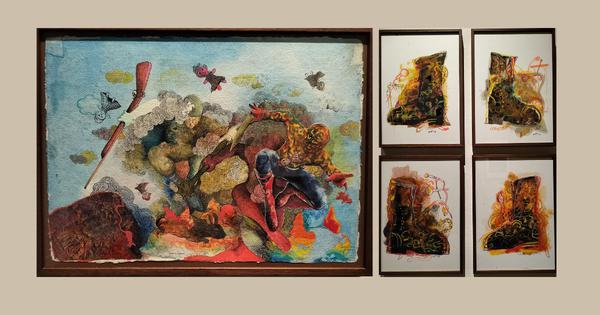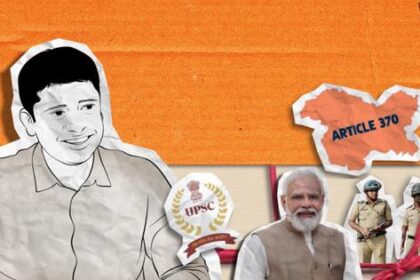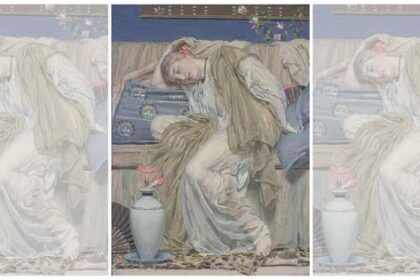Strong artistic expressions challenge dominant narratives of Sri Lanka’s long-standing ethnic conflict and its aftermath.
The ‘After-Aphantasias’ exhibit, featuring six Sri Lankan artists, seeks to reshape the dominant narratives surrounding the country’s civil war, which lasted nearly 25 years. This exhibition, held at Delhi’s Bikaner House, serves as an artistic endeavor to envision a different understanding of the conflict, moving away from the traditional political and military discourse that often dominates discussions about Sri Lanka’s history.
The term “Aphantasia” refers to a condition where individuals cannot create mental images, resulting in a blank visual register. This concept resonates with the exhibition’s intention to challenge preconceived notions and to explore personal memories and experiences that are frequently overshadowed in historical accounts of the conflict. By shifting the focus to individual stories, the artists aim to highlight the profound human costs of the civil war.
Long-standing tensions between the Sinhalese majority and the Tamil minority set the stage for the conflict. Discriminatory policies, such as the Sinhala Only Act of 1956, exacerbated grievances among Tamils, leading to the rise of Tamil militancy. A significant turning point occurred in July 1983, when an ambush by the Liberation Tigers of Tamil Eelam triggered the Black July pogrom, resulting in a mass exodus of Tamils. The civil war ultimately ended in May 2009 with the defeat of the Liberation Tigers, but it left behind a harrowing legacy marked by loss and trauma.
The exhibit features works by Anoli Perera, Chandragupta Thenuwara, Jagath Weerasinghe, Kingsley Gunatillake, Muhanned Cader, and Pala Pothupitiye, each providing unique insights into the ramifications of the conflict. Anoli Perera’s piece, Left Behinder, showcases a series of tapestries that delve into memory and loss, particularly exploring the structural violence faced by women during times of conflict. Her works combine fabric with metal and mesh, addressing themes of motherhood and intimacy.
Jagath Weerasinghe’s paintings, characterized by thick brushstrokes, depict the masculine aspects of conflict, while Pala Pothupitiye juxtaposes war heroes with figures like Superman to critique the glorification of violence. Kingsley Gunatillake’s installations utilize books alongside copper soldiers, linking the burning of the Jaffna Public Library to the broader themes of loss and violence. In contrast, Muhanned Cader’s work reflects on the natural environment as a silent witness to the atrocities of war.
Chandragupta Thenuwara’s piece, Glitch, encourages viewers to look beyond obscured truths, fostering a deeper understanding of the conflict. Together, these artists confront dominant narratives that often minimize the experiences of ordinary people, particularly women and marginalized communities, who bear the brunt of suffering in times of war.
While the exhibit focuses on the ethnic conflict in Sri Lanka, its themes resonate widely, speaking to shared histories and fostering empathy across borders. The significance of After-Aphantasias lies in its spotlight on contemporary Sri Lankan artists in a prominent venue, creating space for voices that are often neglected. As visitors engage with the artwork, they are invited to reflect on the enduring impacts of conflict and the ways in which memory and loss shape our understanding of history. The exhibition will be on view until September 25 at CCA, Bikaner House, New Delhi.








